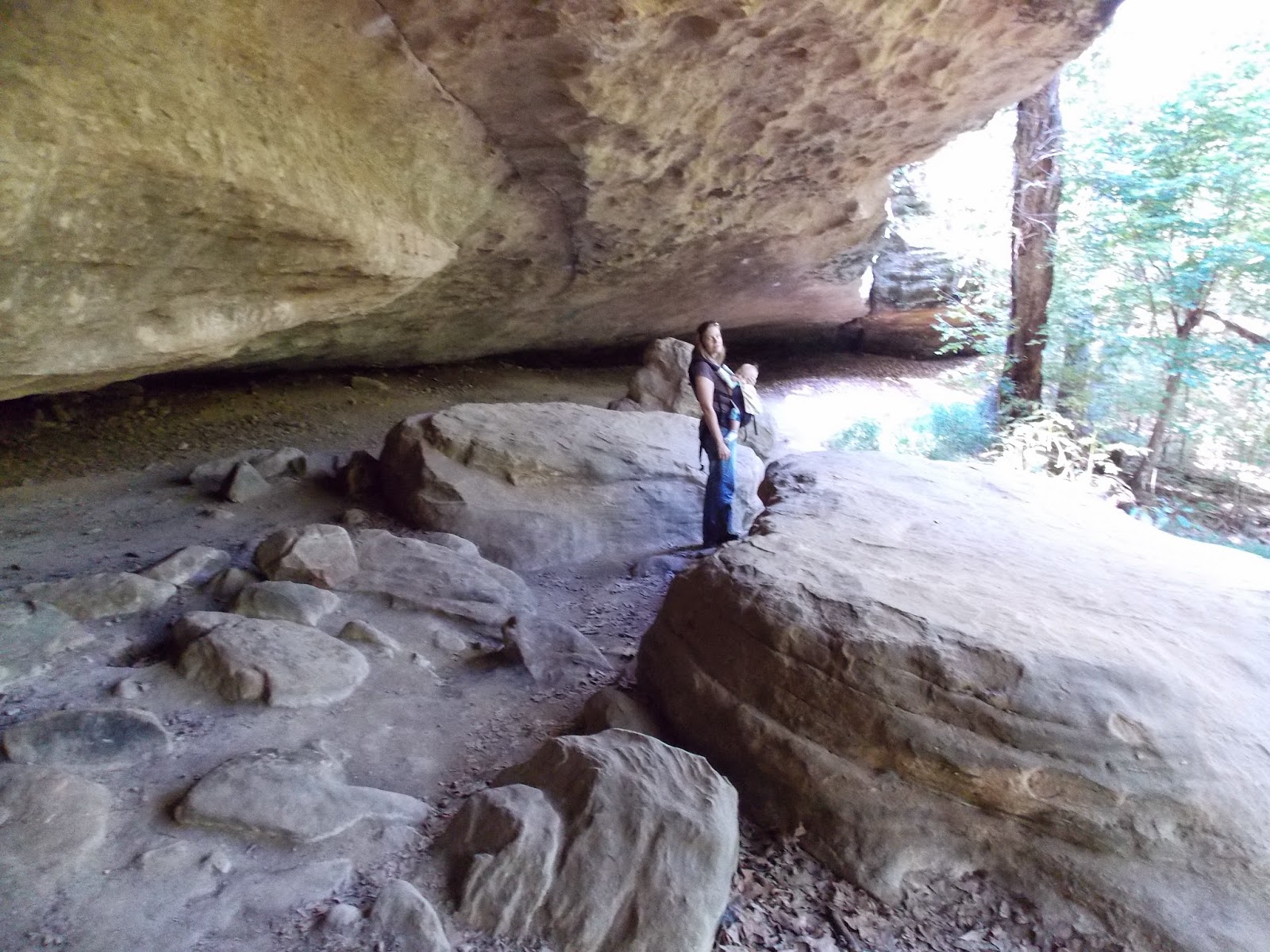This town has always fascinated me. When I lived in Chicago, during nursing school, it was always referred to as that place where the rich people of Chicago spent their summers. In the past two days I learned it was all that, and much more. The first day we were here we walked around the downtown and from there into the residential areas. We learned, from historical markers, that the town was founded in the mid 1800s. Pictured below is a home built in 1847, and later owned by Charles Wilson ambassador to England. In the 1870s he helped obtain the railroad link from Chicago that made Geneva's resort development possible.

The house reportedly had been visited by such important personages as President Grant and Mary Todd Lincoln. Later, that same day, we walked a small portion of the shore path from where we could view some of the resort homes along the lake. Many of the homes are over one hundred years old and have been torn down, or rebuilt several times- they have also changed ownership. At the Visitor's Center we purchased a small copy of a shore path guide, and later purchased a much larger book explaining the history of the homes along the lake shore. Walking the shore path was fascinating, we never knew what we were going to see around each bend of the path, from beautiful landscaped lawns to towering mansions. It reminded us of our walk around the summer homes of Newport, Rhode Island. I found out later that Geneva Lake has been referred to as the "Newport of the West".

Stone Manor, pictured above, is the largest mansion on the lake and was built in 1899. The owner's granddaughter donated the mansion to an Episcopal School, it has also been a restaurant and Christmas tree museum. In 1968 a tax auction was held and a developer purchased the home and land for $75,000. Currently it has luxury condominiums with a rooftop pool. Also that first evening on our walk we came upon the Expect a Miracle Mansion owned by freight industry entrepreneur, author and speaker Carolyn Gable. A fence along the path at her residence has inspirational quotes from the Talmud as well as Oprah Winfrey.

There was no way we could walk the entire foot path around the lake, so the next day we took a guided boat ride which provided us with a view of more of the lake's resort homes. We learned that many of the home were built by Chicago's movers and shakers of the late nineteenth and early twentieth centuries. Such people were William and Philip Wrigley whose assets included Wrigley Gum Company, Chicago Cubs, Wrigley Field, and most of Catalina Island off the coast of California. They have a complex of estates still today on the shores of Lake Geneva which are owned by extended family members.
The original building, called Hillcroft, was built in 1895. It was purchased by Philip Wrigley in 1927. It was sold again in 1981, torn down and rebuilt to incorporate many of the original architectural features. In the picture above notice the full extent of the home, as many others on the lake it seems to extend forever!

Another house, which is rather modest in size, is the Blacktoft, built in 1881. It was originally painted black, but now is very distinctive with its white clapboard and many red chimneys. In later years it was the summer residence of Montgomery Ward Thorne, descendent of the founder of the Montgomery Ward Stores. We learned on our boat tour that there are 1,000 piers around the lake and they all get pulled out of the lake come December. Residents on the lake live here an average of 35 days out of the year. Probably an exception to that was 1871, the year of the great Chicago fire, when people fled the city to live in their summer residences on Lake Geneva. In case you are wondering if there is a place for you along the shores of Lake Geneva, there is one public beach for which there is an admission fee. In the background of the picture below is what use to be the Riviera Ballroom. Built in 1932, it was a popular venue for some of the biggest names in music history, including Louis Armstrong.




































